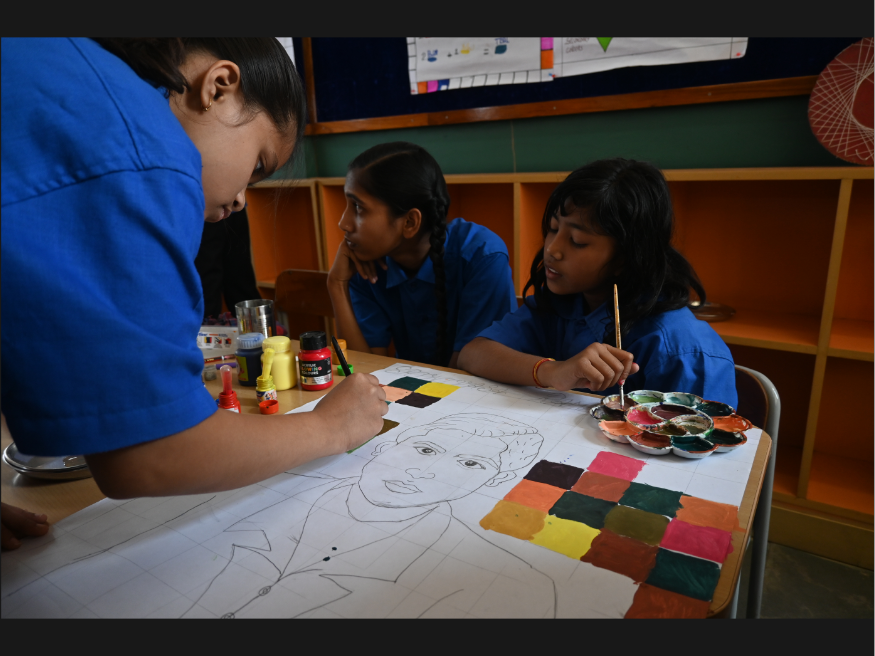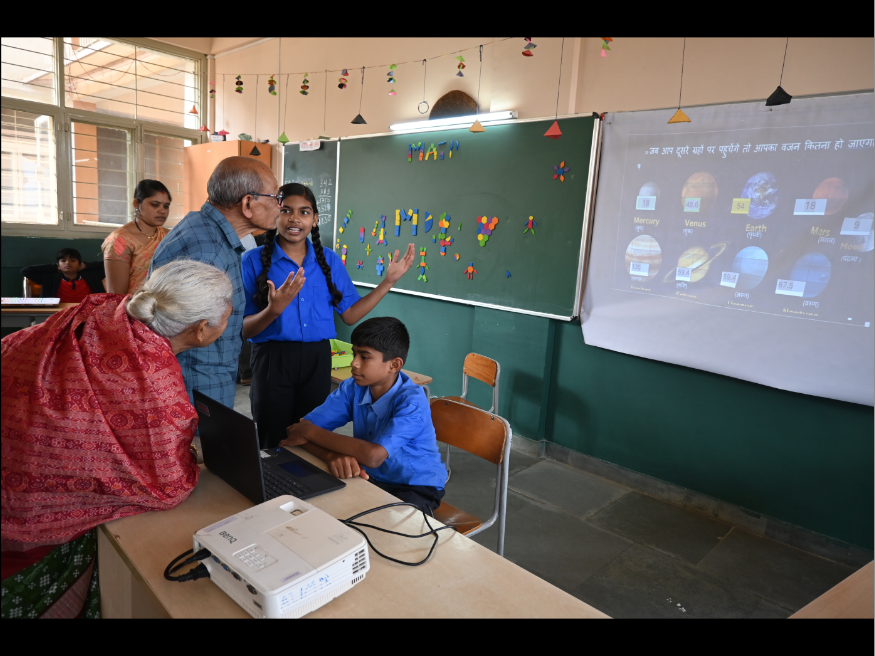Celebrating the Joy of Numbers – Teaching

FAQ: India’s National Mathematics Day
What is the focus of National Mathematics Day?
Observed on December 22, in honor of mathematician Srinivasa Ramanujan, its purpose is to reshape mathematics into a creative, problem-solving discipline (rather than just strict formulas) that directly challenge students’ anxiety.
How to celebrate in particular?
The school holds hands-on activities Baal Shodh Melawith puzzles, planetary weight calculations and geometric models that will learn beyond textbooks.
What are the long-term goals?
The goal is to respect India’s mathematical legacy when preparing students for data-driven challenges by connecting mathematics to real-world applications in finance and art.
Indian National Mathematics Day: Celebrating the Fun of Numbers
Depend on Mokhtar ZamanAzim Premji School Mathematics Teacher
Every December 22, India celebrates National Mathematics Day, commemorating the birth anniversary of legendary mathematician Srinivasa Ramanujan.
This day is not only a tribute but also an opportunity for schools across the country, ignite curiosity, reduce fear and make mathematics a pleasant subject for students.
This spirit was seen vividly during Baal Shodh Mela at the Azim Premji School in Dhamtari, where the specially designed mathematical angle became a hub of excitement. Students are often hesitant about the topic, eagerly engaging in puzzles, games, and creative challenges, proving that when math becomes interesting, it quickly exudes images of difficult or boring.
The activities conducted on this day reflect how to experience mathematics outside of textbooks. Missions such as calculating weights on different planets or exploring reflections through mirrors not only entertain but also deepen understanding. Kids love solving these challenges, and the fun they are looking for solutions to build confidence and pride.
Additionally, the school’s practice of “The Question of the Week” – highlights reasoning and pattern-based issues to extend the celebrations to routine learning. This puzzle encourages critical thinking and problem solving, showing that mathematics is the subject of creativity, not just formulas.

One of the most powerful aspects of the celebration is its ability to demonstrate the real application of mathematics. From the symmetry in Rangoli’s design to its role in finance, technology, medicine, architecture and even art and music, students have found that mathematics is indeed everywhere.
This connection to daily life not only enhances the enhancement of learning, but also respects India’s rich mathematical legacy of contributions from Vedic mathematics to Aryabhata, Bhaskara and Ramanujan. It inspires young people to pursue mathematics more seriously, while reminding teachers and parents of the importance of building strong basic arithmetics.
Celebrating Math Day is not a one-day event. It has a long-term impact on classroom teaching. It was later observed that students who like puzzles and activities during the activity showed greater interest in related topics such as measurements and geometry.
These events also facilitate peer learning and collaboration. When children solve problems together, they not only strengthen their understanding, but also build teamwork, confidence and communication skills, all of which teachers can continue to develop in regular courses.


Personal memories
The importance of this celebration resonated with me. As a Level 9 student, I vividly remember when our school introduced the Mathematics Lab. Before this, the idea of a math “lab” seemed strange. But once we start experimenting, our curiosity becomes excitement.
I created a model to demonstrate formulas (A+B)2= a2+b2+2ab) Using carved marble works, I still remember the pride I felt. That year, our school celebrated the exhibition of our project for the first time. This is a turning point that makes mathematics feel active, creative and personal.
For celebrations like Mathematics Day, there will be a deeper impact, and schools can:
- Organize student exhibitions that include models, origami, clocks and angle structures.
- Integrate course-based displays for measurement, data processing and reasoning games.
- Use technical tools such as Georgebra for interactive visualization concepts.
- Showcases interdisciplinary connections, how mathematics supports science, architecture and the art.
- Invite guests and parents to interact with students, encourage conversations and recognize their efforts.
A society embracing mathematics is prepared for modern challenges such as data analysis, financial literacy and scientific innovation. Therefore, celebrating Ethnic Mathematics Day is not only about inspiring children’s joy, but also about preparing for the future for India.
By making math engaging, accessible and relevant to real life, this celebration reminds us that math is not only about numbers, it is about patterns, problem solving, and creativity. When children find this joy, their perception of the subject changes, and their enthusiasm goes far beyond the day.
Mokhtar Zaman
Mathematics teacher
Azim Premji School
raigarh (chhattisgarh)
appendix –



